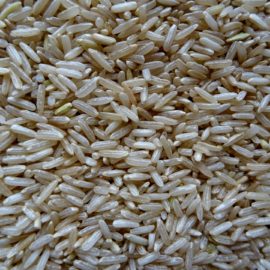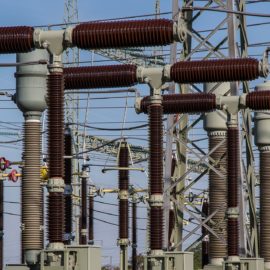A recent discussion with Keely Lewis, High Priestess of the Temple of Utopian Hospitality and stalwart participant in our coalition, raised an intriguing question. Does New Orleans as a whole qualify as a “frontline community”? I usually think of people living next to petrochemical plants in the river parishes, for example. But it occurred to me that maybe I should expand my definition because of climate change, rising oceans, coastal erosion, etc. Keely’s thoughts on this subject are illuminating.
At first, I admit, I was hesitant to broaden my definition. But the more I reflect, the more I realize that New Orleans, as a whole, absolutely qualifies as a frontline community, albeit in a multifaceted way. It’s not merely about the immediate proximity to industrial pollution, though that’s a critical piece of the puzzle. We live in a city that’s sinking, constantly battling rising sea levels and coastal erosion. Our very existence is threatened by the changing climate.
Within our city, the burdens aren’t shared equally. Environmental racism is a stark reality, with predominantly Black neighborhoods bearing the brunt of flooding, poor air quality, and limited resources. Then there’s the heat island effect, turning our city into a sweltering oven, especially during those brutal summer months. Let’s not forget the environmentally hazardous housing that many of our low-income residents endure, the food deserts that leave communities without access to healthy options, and the constant, looming presence of Cancer Alley just upriver, its pollution seeping into our air and water.
We also have to consider the numerous industrial plants and refineries that, while technically outside city limits, are in very close proximity. These facilities contribute significantly to air and water pollution, directly impacting the health of New Orleans residents. And let’s not forget the specific, local examples that drive this home: Gordon Plaza, built on a former landfill and a constant source of toxic exposure for its residents, and the proposed grain terminal at Alabo Street Wharf, which threatens to bring increased pollution and disruption to a vulnerable neighborhood. These are not isolated incidents, but symptoms of a systemic problem.
Compounding these issues, we’re facing successive years of drought, which impacts our already fragile infrastructure. We’re constantly under boil-water advisories, a constant reminder of the vulnerability of our water systems. Power outages, both from natural disasters like hurricanes and from aging, man-made infrastructure, are a regular occurrence, disrupting lives and businesses. It’s not just one issue, it’s the convergence of all these vulnerabilities, each amplifying the others. Rising waters exacerbate mold problems in already fragile homes, and scorching heat waves hit hardest in neighborhoods already struggling with limited access to healthcare.
So, yes, I believe we need to expand our definition. While the direct impacts of petrochemical plants are undeniable and devastating, New Orleans is a frontline community grappling with a complex web of climate-related threats. We’re living on the edge, facing the realities of a changing world every single day.
This is intended not as the last word but as a conversation-starter. We’d love to hear your thoughts as well.



